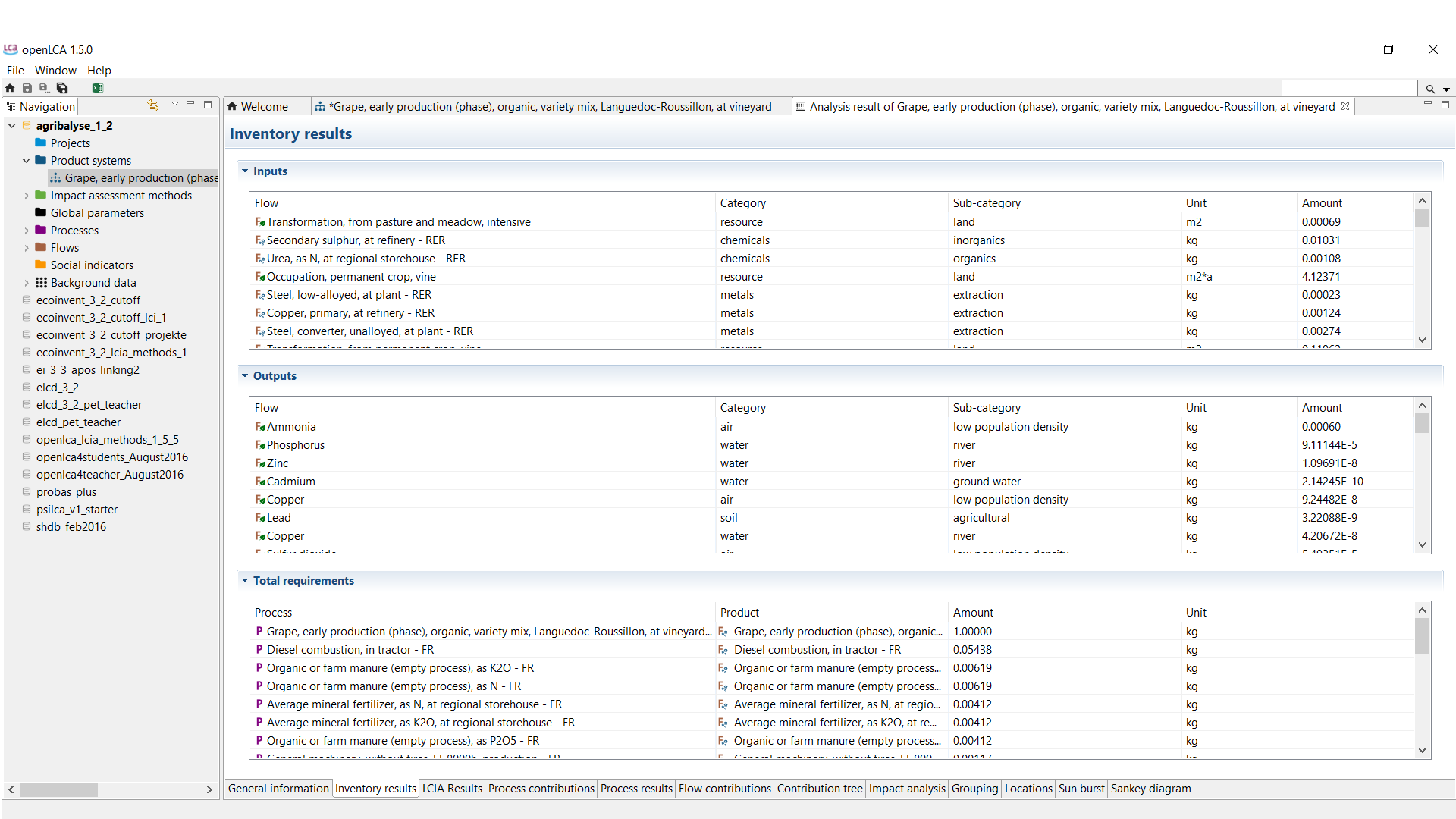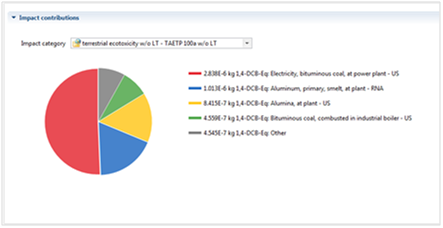
- Openlca import impact assessment methods software#
- Openlca import impact assessment methods iso#
- Openlca import impact assessment methods download#
To better characterize the environmental performance of a product category, a PCR may list further mandatory or voluntary indicators of potential environmental impacts. If so, the EPD shall contain an explanation of the difference between the different sets of indicators, as they may appear to the reader to display duplicate information. Alternative regional impact assessment methods and characterisation factors are allowed to be calculated and displayed in addition to the default list. The source and version of the impact assessment methods and characterisation factors used shall be reported in the EPD. To see the compliance of different versions of the CML-IA, see the version history available on their website.
Openlca import impact assessment methods software#
To find corresponding methods available in your LCA software, such as SimaPro, GaBi or openLCA, please see the documentation or contact your LCA software provider. Characterization factors are available in Annex C of the standard. The local AWARE factor is meant to be multiplied with the local water consumption inventory.ĥ82 m3 H2O consumed per ton of grapes produced in Mendoza, Argentina: WSF = 582 m3H2O x 54.15 (CFAgriAWARE100) = 31,518 m3eq/ton grapeįor construction product EPDs, Table 3 in EN 15804 (“Parameters describing environmental impacts”) shall be applied in the PCR instead of the indicators listed above.

Openlca import impact assessment methods iso#
The resulting characterization factor (CF) ranges between 0.1 and 100, and can be used to calculate WSF as defined in the ISO standard 14046:2015.

(1) 1/AMD: the inverse of Availability - Demand (2) What is the potential to deprive another user (human or ecosystem) when consuming water in this area? It is based on the available water remaining (AWARE) per unit of surface in a given watershed relative to the world average, after human and aquatic ecosystem demands have been met. It quantifies the potential of water deprivation, to either humans or ecosystems, and serves in calculating the impact score of water consumption at midpoint in LCA or to calculate a water scarcity footprint as per ISO 14046. But, it has been proposed also two other cut-off rules for the AWARE Methods:Įxamples AWARE method is based on 1/AMD(1), the inverse of the difference between water availability per area and demand per area(2).

WULCA applies as cut-off rule: the maximum value for CF is set to 100 when Demand ≥ Availability (AWARE100).
Openlca import impact assessment methods download#
Water Scarcity Footprint (WSF) (m3 H2O eq)ĪWARE Method: WULCA Recommendations on characterization model for WSF 2015, 2017.ĬF at country level can be download (Excel files) from: Cut-off rules can have important implications on the results. The latest updates to the default list were made (POFP) and (Water Scarcity Footprint).Ĭlarifications to the impact indicators and their methods may be found further down, in the Guidance on Environmental Performance Indicators.

Information about such transition periods will be published here. In case of updates, the previous version of the default list is valid in parallel to a new version during a transition period of at least 90 days. The default list of indicators and methods is updated on a regular basis based on the latest developments in LCA methodology and ensuring the market stability of EPDs. An example of such a deviation is the guidance for EPDs of construction products, which instead is based on the list of indicators and methods in EN 15804 and applicable c-PCRs (see the Further Information section below). Requirements or recommendations in the PCR may deviate from the default list of impact indicators, if such deviations have been justified in the PCR development process. This is a list of the default environmental impact categories and impact assessment methods to use in EPDs of the International EPD System. List of Impact Indicators & Impact Assessment Methods


 0 kommentar(er)
0 kommentar(er)
